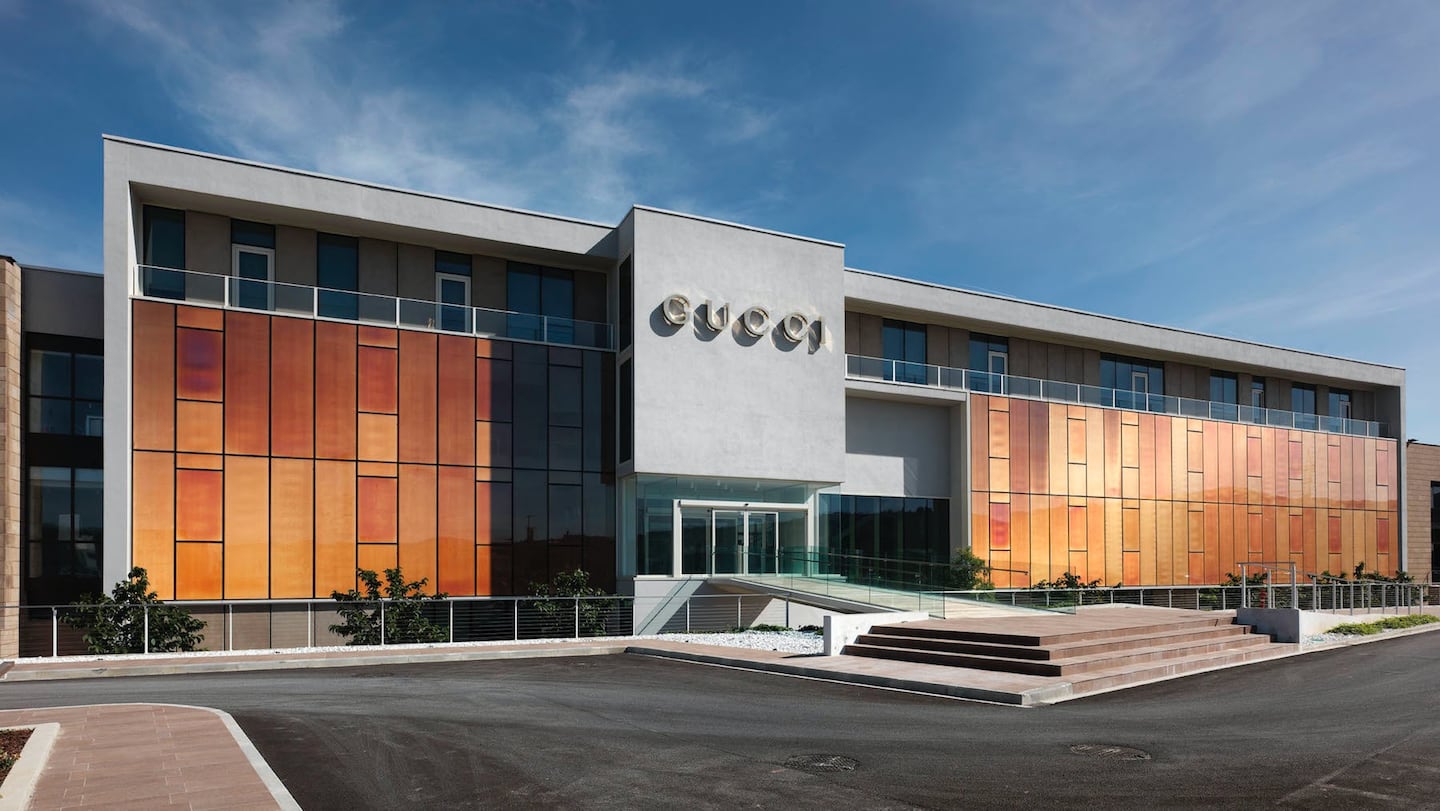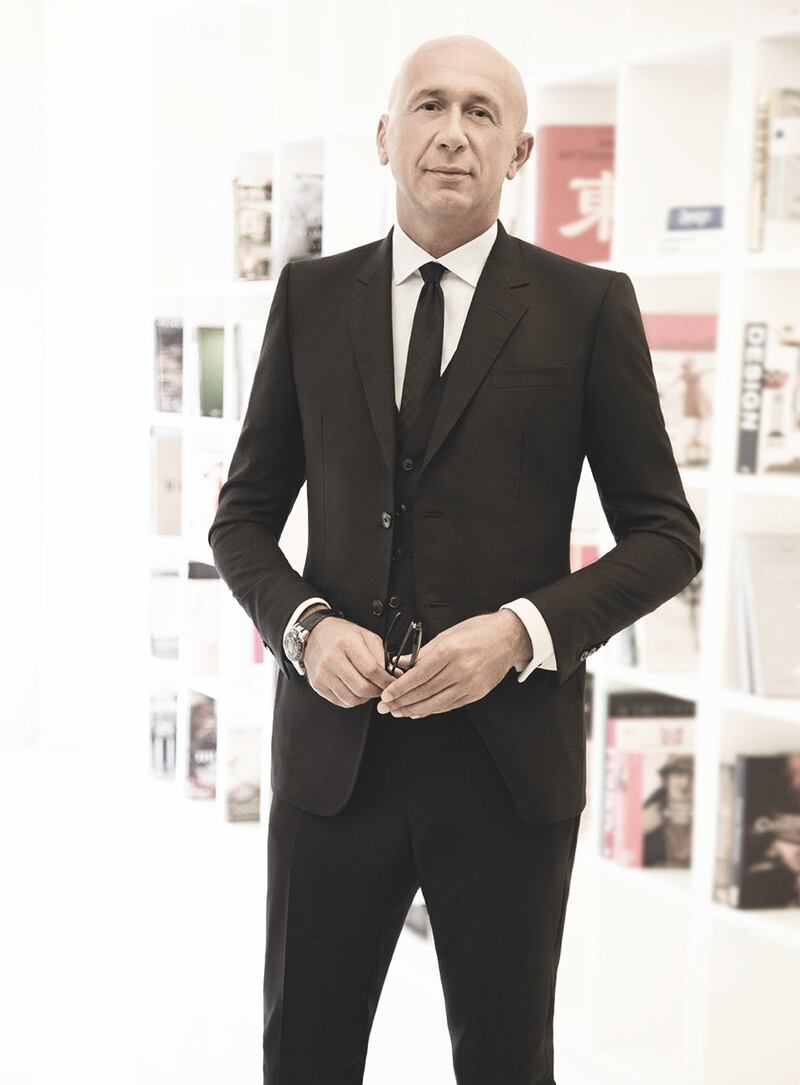
The Business of Fashion
Agenda-setting intelligence, analysis and advice for the global fashion community.

Agenda-setting intelligence, analysis and advice for the global fashion community.

FLORENCE, Italy — In 2015, Gucci chief executive Marco Bizzarri and newly — installed designer Alessandro Michele set off a remarkable renaissance at the long-ailing luxury giant, revamping the brand's aesthetic codes with a timely injection of eclectic, bohemian glamour and reversing a two-year trend of declining sales. The early success of the transformation boosted 2015 revenue at parent company Kering by 15.4 percent. But reinventing a behemoth like Gucci — the €3.89 billion cornerstone of Kering's luxury division — in such a short period of time was a mammoth undertaking,which touched every aspect of the organisation and required the commitment of the company's 11,000 — strong workforce. Indeed, to reinvent the Gucci brand, Bizzarri had to reinvent the company itself, transforming the storied Florentine house into an adaptive "learning organisation" rooted in a culture of employee empowerment and open discussion. BoF spoke to chief executive Marco Bizzarri to learn more.

Marco Bizzarri, President and CEO of Gucci | Source: Alan Gelati for Gucci
BoF: How has the reinvention of Gucci transformed the organisation?
When you implement an aesthetic change at a brand like Gucci, it doesn’t work if you don’t change the way people think and react to things. A lot of employees have been at the company for a long time. Their normality is to keep doing what they’ve done previously, from an aesthetic and an organisational standpoint.
We needed to change people’s perspective. In fashion, technological barriers are not high compared with other industries, so it’s people that make the difference. I needed to make sure that everyone working for Gucci embraced the change, because we wanted to make this happen in such a short time. In our industry, two months is an eternity, so everybody needed to be working in the same direction.
BoF: How, specifically, did you unite Gucci's workforce behind the change?
We needed to communicate very openly to make sure people understood the change. It’s not very often that you change the creative director and the chief executive at the same time.
Back in January 2015, the collection was that of the former creative director. The shop floors were all the same and the only way to communicate the changes that were taking place was through fashion shows, but those were external and focused on the industry.
We also needed to communicate what we were doing to our internal audience. As soon as I joined the company I travelled all over the world to meet our teams — I met approximately 4,000 people in my first three months at Gucci.
BoF: How were you able to drive change so fast?
If you want to make a change quickly, decision-making has to be fast. You have to take risks — we told people we could accept mistakes when they were meant to go in the direction we wanted to go.
Our guiding principle is “no is not an option.” Often the human reaction when you’re doing something new is “it’s not possible.” To disrupt a brand as big as Gucci, we needed to be open to all proposals, at every stage of every process.
BoF: Why is being open to every idea important for Gucci?
Gucci is a “learning organisation.” Our world is evolving very quickly. What was right yesterday is not necessarily right today. You always need to be asking questions. It’s a matter of exchanging ideas — encouraging people to give feedback you can learn from.
If you’re able to adapt, you can accept mistakes and move forward. We have many people who’ve been working at the company for many years, who were able to adapt quickly. Alessandro Michele had been with the company for 12 years, working for an aesthetic that is totally different to the one he is presenting today. Promoting Alessandro showed people there are possibilities for everyone.
BoF: How can employees take advantage of these possibilities?
You need to rely on the leaders and the managers to foster internal talents, but we try to create a path that will help bring people around those leaders — and always make sure that they are in direct communication. For me, it’s key that the talents who want to emerge are able to get the opportunities. We give possibilities to the people who have ambition — we’re very open to the idea of employee mobility across functions and geographies.
We also try to meet as many people with talent as possible and if we spot one, we’re the first to see if there’s a possibility for them.
BoF: What kind of talent is Gucci looking for?
It’s important to have people coming from different experiences, backgrounds and cultures. Diversity exposes you to different ways of thinking and gives you a different perspective on the same topic — which can be a real opportunity. I also always try to find people who are flexible and open to taking risks. Just like in Darwin’s theory of evolution, I am not looking for the most intelligent person, but for people who are open-minded, flexible, adaptable and agile.
They don’t necessarily have to have specific experience in a specific field — the world changes so quickly today. They don’t have to be an expert, but together with the experts they should be capable of looking at things from a different angle and creating something beautiful.
What we want are people who are open to discovery and scouting new things. If you can’t change you will always be tempted to maintain the status quo.
One of the most important assets is that now people see Gucci as an authority — they are willing to join because the brand is becoming more relevant in the industry. The more we’re able to attract talent, the more we’re able to do better. In fashion, people are key — humans are the capital.
There are few sectors of the economy that offer as wide and interesting a range of career opportunities as fashion. For more information about fashion industry roles at Gucci, visit BoF Careers.
Discover the most exciting career opportunities now available on BoF Careers — including jobs from Hugo Boss, Banana Republic and House of CB.
To provide actionable insights and inspiration on how fashion and retail industries can further embed diversity, equity and inclusion in the workplace and business strategies today, BoF Careers co-hosted a panel discussion with The Outsiders Perspective. Now, BoF shares key learnings from the panel.
A US regulator has banned most uses of the clauses, which started as a way for fashion companies to prevent senior executives from walking off with trade secrets, but have become a standard retention tool.
Check out this week’s new partners and openings on BoF Careers, the global marketplace for fashion talent.